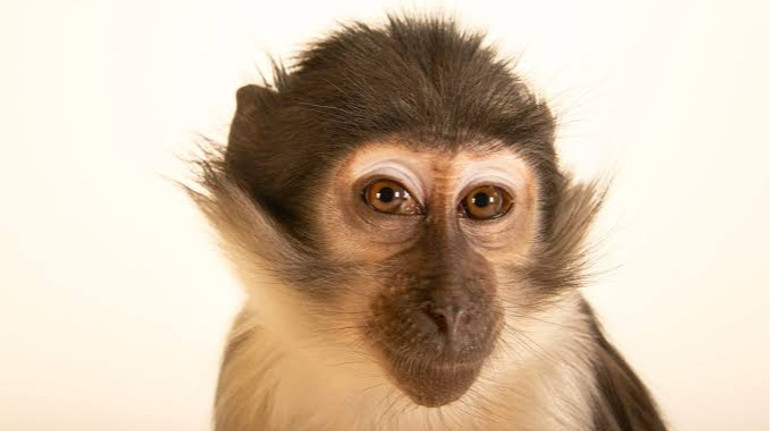Scientists have discovered an animal that caused a pomal flash of monkeys – and this is not a monkey

Monkey species cercocebus atys
Photo Illustrative/Joel Sartore
Scientists are likely to come close to revealing the puzzle of the flash Range of monkeys (MPOX) in Africa 2022: which animal was the first to spread the infection among the primates.
Researchers suggest that a « zero patient » was a protein, which was hunted by forest primates of mangaba – they were subsequently massively infected with smallpox.
Preprint of the study published in Springer Nature and it has not been reviewed yet, but has already interested the scientific community, The magazine reports Nature.
The « zero patient » was identified by many years of observation of wild animals in the national park in Tiae in Cat.
Although the virus was first discovered in laboratory monkeys in 1958 (hence the name « monkey smallpox »), researchers have long suggested that real media were rodents and small mammals.
In 2022, a smallpox of monkeys engulfed many countries and was transmitted Already from man to person.
In August 2024 WHO is once again announced an emergency – Given a new dangerous mutation that has begun to spread in Africa.
To identify the source of infection, scientists have studied the population of Cercocebus atys, a subspecies of forest primates of Mangabi, in the National Park Tai.
In January 2023, Karma Ryertord-Fe Ecology from the Swiss Center for Scientific Research in Abidjan noticed a baby monkey with red lesions on the skin-headed, breasts and legs.
The rash typical of MPOX spread over the body, and the animal died in two days. In less than two months, the disease covered almost a third of a group of 80 monkeys, four of which were killed.
The team of scientists identified the pathogen – the MPOX virus – and was able to completely decipher its genome in two infected animals.
The identity of the samples indicated a single source of infection.
How did zero patient find
Scientists are fortunate enough to be at the scene at the time of the flash, says the leader of the study Fabian Landerz.
Since 2001, his team has been watching several populations of wild primates in the forest daily – to study pathogens potentially dangerous for humans.
When, in January 2023, MPOX struck the Mangabi population, the archival samples of urine, faeces and tissues of dead animals were especially valuable for the study.
In the faeces of the mangabea female named Bako, the mother of the patient’s baby, the MPOX virus was found on December 6, 2022 – that is, long before the outbreak.
Bako had no symptoms and had an infection without complications.
Subsequently, the researchers concluded that Bako could become infected after eating the proteins of Funisciurus pyropus.
First, scientists have seen mangaba hunt and eat these protein. Secondly, about a month before the virus is detected in Bako faeces, carcasses were found in the forest, contaminated with an identical MPOX strain.
In the end, in the earliest positive sample from Bako found DNA of this protein.
So scientists managed to trace the transmission of the virus from the wild animal to primates.








:format(webp)/s3/static.nrc.nl/images/gn4/stripped/data133212425-ae69bf.jpg)